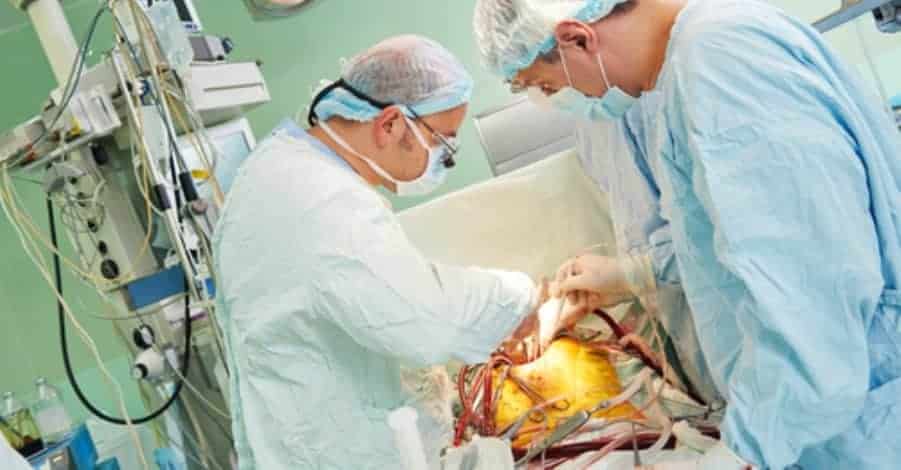

By developing a process whereby hearts that have already stopped beating can be successfully transplanted into donor heart recipients, doctors have increased the likelihood of finding suitable hearts for patients in need of transplants.
Australian research doctors at the St. Vincent’s Hospital in Sydney and the Victor Chang Cardiac Research Institute said that in a world first of its kind procedure they have managed to revive hearts that had stopped beating as long as 20 minutes ago and found it viable solution for patients who have been waiting for new hearts.
This ground-breaking procedure means that there now exists a significantly greater number of suitable donor hearts available to patients with end-stage heart disease.
To date, only the healthy, beating hearts of brain-dead patients could be considered for transplant procedures, thereby limiting the number or donor organs available.
The researcher of St. Vincent’s Hospital in Sydney and the Victor Chang Cardiac Research Institute said they their advances in heart transplants is a “paradigm shift” that would herald a major increase in the pool of available hearts for transplant.
“This is something that we have been researching really over the last four years can sustain this period where the heart has stopped beating. Having done that we have developed a technique for then reactivating the heart,” cardiologist and team leader Professor Peter MacDonald said.
“The breakthrough discovery is based on the team’s development of a special organ-preservation solution injected into the heart”, said Prof. MacDonald, “Which was used in conjunction with a “heart in a box” portable console developed to house, resuscitate and transport donor organs. The box allowed the organ-transplant team to connect the donor heart to an electronic circuit that kept it beating and warm.”
Up to now transplant hearts were preserved in cold ischemia. This would render the organ dormant in a cool box without oxygen and nutrients.
“We warm it up and the heart starts to beat. When its beating we can measure the metabolism of the heart and based on the performance of the heart on the machine we can tell quite reliably whether this heart will work,” Prof. MacDonald said.
Prof. MacDonald added that the same technique, already used to a degree in liver, kidney and lung transplantation, had been used on two patients who had recovered well. It also allowed longer transport times and retrieval of “marginal hearts” previously regarded as being unsuitable for transplant.
“Up until now no one has attempted to recover hearts from these donors to transplant them,” he said
IMAGE: Surgeons perform a life saving heart transplant procedure (By Dmitry Kalinovsky / Shutterstock.com)